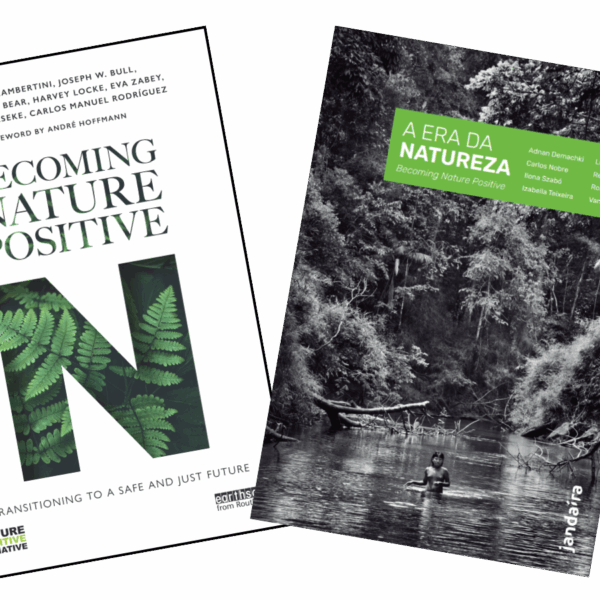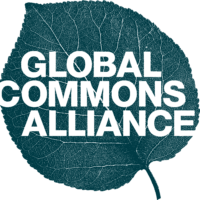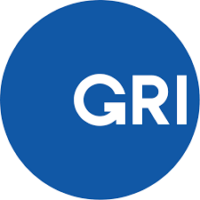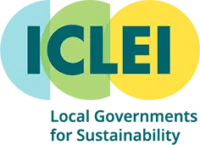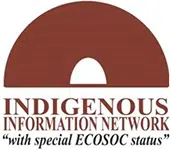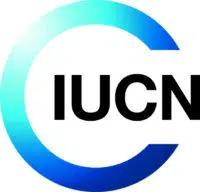
We cannot manage what we cannot measure. We cannot change what we cannot measure. Whatever the motivation, measuring progress towards a nature-positive world is essential to drive our efforts and to be able to know if we are on course to achieving it.
We know how to measure nature. Not in all her dimensions of course – we don’t even know much of her diversity – but enough to document more clearly than ever before the decline of her ecosystems, species, and natural processes. The objective however is not to measure nature for intellectual purposes, but to set a framework that helps mobilize the broad collective effort needed to achieve the global goal of ‘halting and reversing biodiversity loss by 2030’, the nature positive goal codified in the UN Global Biodiversity Framework agreed in 2022.
Alongside metrics that allow us to assess pressures or impacts and responses, we also need metrics that assess the recovery of the state of nature, the outcome of our efforts. This is what ultimately matters the most.
As the Nature Positive goal requires a whole of society effort, we need to choose state of nature metrics that can be universally adopted across entities, geographical scales and use cases. Although awareness is quickly growing, for many companies that are just getting used to measuring their impacts and progress made against the climate goal of net-zero emissions, living nature – biodiversity – is still a bit of a black box. There is a need to develop a set of scientifically meaningful but also practical and affordable state of nature metrics for universal adoption to stimulate companies and other actors to embark on a meaningful nature positive transition.
The foundational rationale of this effort is that credibly measuring changes in the state of nature is the only way to know if we are ‘doing enough’ to halt and reverse biodiversity loss by 2030, the mission approved in 2022 under the UN Convention of Biological Diversity.
Planting in Palacode, Tamil Nadu, India
‘Doing enough’ is the key word here. Until now many positive actions for nature have been taken. But we know that these were not enough to preserve biodiversity, and the decline of nature has continued unabated, and is in fact accelerating.
Today we have a reference point to measure our actions against: the Global Biodiversity Framework mission, the nature-positive goal – net-positive biodiversity. It is no longer enough to ‘do something’ for nature but we need to ‘do what is necessary’ to halt and reverse biodiversity loss. This is the new ambition and the only way to safeguard the Planet’s amazing diversity of life and secure a safer and more just future for present and future human generations.
On one hand, in the last decades our ability to measure the state of nature has increased exponentially and that is why we have been able to document the precipitous decline of nature. On the other hand, we know so little of many components of the natural world that any metric, even the more sophisticated, is imperfect in measuring the overall state of nature. And even measuring all we can measure will be impractical.
The Nature Positive Initiative’s mapping exercise has identified over 600 different metrics measuring the state of nature. This is confusing, intimidating and discouraging many of the actors that will have to measure the results of their mitigation efforts to ensure genuine nature-positive outcomes. And it can become a cause of and even an excuse for inaction.
Nature and biodiversity have never been so high in the political, corporate and societal agenda. As an increasingly large and diverse community that is concerned, passionate and committed to halt and reverse biodiversity loss this decade, we have the opportunity and the responsibility to build on this new momentum and drive action at the scale and speed needed to halt and reverse biodiversity loss. And achieve a nature-positive world.
This is the aim of building consensus on a set of credible and science-based but also practical and accessible metrics that will inject confidence and provide guidance for organisations across society, to embark in the journey of transition to a nature-positive model. Today this confidence and clarity is missing and with it action at scale and accountability.
The selection of metrics, although science-based, cannot be only an academic or intellectual exercise. It must produce something that can be applied by the users. The alternative to being practical is to be irrelevant.
This process is not about developing a new super metric, and it is not a beauty contest for electing the best metric. It is about creating a level playing field of science-based but practical measurements of the state of nature for universal, mass adoption and to facilitate consistent reporting and disclosure to boost both accountability and credible recognition. An incentive for any actor, but particularly companies and financial institutions, today the primary source of impacts on nature, to initiate their journey towards contributing to nature-positive outcomes, tangibly, at scale and in a measurable way. The metric framework should inspire the confidence necessary to start delivering and to accelerate positive impacts for nature. In a typical state-pressure-response framework, measuring the state of nature is not replacing but in fact informing the strategies and plans to respond to the pressures identified, and it will be the only way to validate the appropriateness of the response, answering the question,’ are we doing enough’?
The process in search of universally available, meaningful and practical State of Nature metrics convened by the Nature Positive Initiative and supported by Ernst & Young and The Biodiversity Consultancy continues with pace and on an aggressive timeline. So far feedback regarding the need for alignment has been overwhelmingly supportive from a huge range of stakeholders and we are seeing deep levels of engagement in tackling this collective challenge. Aligning on metrics is not only a technical challenge in terms of robustness and operability, it also requires true co-ownership by many different actors.
To read more about the foundations of the approach and process resulting in the consultation paper, see here. To keep updated with the latest conversations around nature positive metrics sign up to the newsletter and follow Nature Positive on LinkedIn or X.
